The New York Times published an aesthetically engaging interactive titled “Roots of the Recent Violence Between Israelis and Palestinians” that attempts to explain the situation since October 1st. Rife with cliches and pro-Israel talking points, the piece fails to use the word “occupation” and tacitly lends support to Israel’s policy of land grabs and ghettoizing Palestinians behind walls.
The article begins with “the wave of attacks by Palestinians against Israelis that began last fall continued in 2016.” This phrase gives a false impression that only Israelis have been killed in this period, when in reality, almost nine Palestinians have been killed for every Israeli, according to data compiled by International Middle East Media Center. The omission of Palestinian deaths can only be understood as intentional, rather than an oversight.
It should be noted that Palestinian attacks on Israelis have been crude and uncoordinated, using knives, molotov cocktails, vehicles, firearms (which are often homemade). In January, all but one attack occurred in occupied Palestinian territory. Meanwhile, Israeli forces operating on a doctrine of on-the-spot executions have killed 49 children and prevented medical care which often ensures death. Both of these policies (1,2) have been blessed by major rabbinical authorities.
The piece then goes on to ascribe Palestinian violence against Israelis to a “dispute” between Israeli and Palestinians over the Al-Aqsa compound, whitewashing the site’s status as occupied by international law. The article does not mention that messianic Israeli Jews – many of whom openly profess their intention to demolish the Al-Aqsa mosque and Dome of the Rock in order to construct a temple in their place – regularly enter the compound, often preceded by attacks by Israeli occupation forces.
The following page shows that thirty Palestinian attackers have come from East Jerusalem, again failing to mention its legal status as occupied, and terming Israel’s occupation of East Jerusalem beginning in 1967 as a “capture” – a mere spoil of war. The piece reduces the connection of occupied East Jerusalem’s indigenous population to a “claim” to the capital of a future independent Palestinian state, a western-imposed proposition that every Israeli government since 1967 has ensured will fail by its aggressive settlement policy. Even the New York Times very own Thomas Friedman, considered a barometer of elite opinion, has finally admitted that a two-state solution is an impossibility.
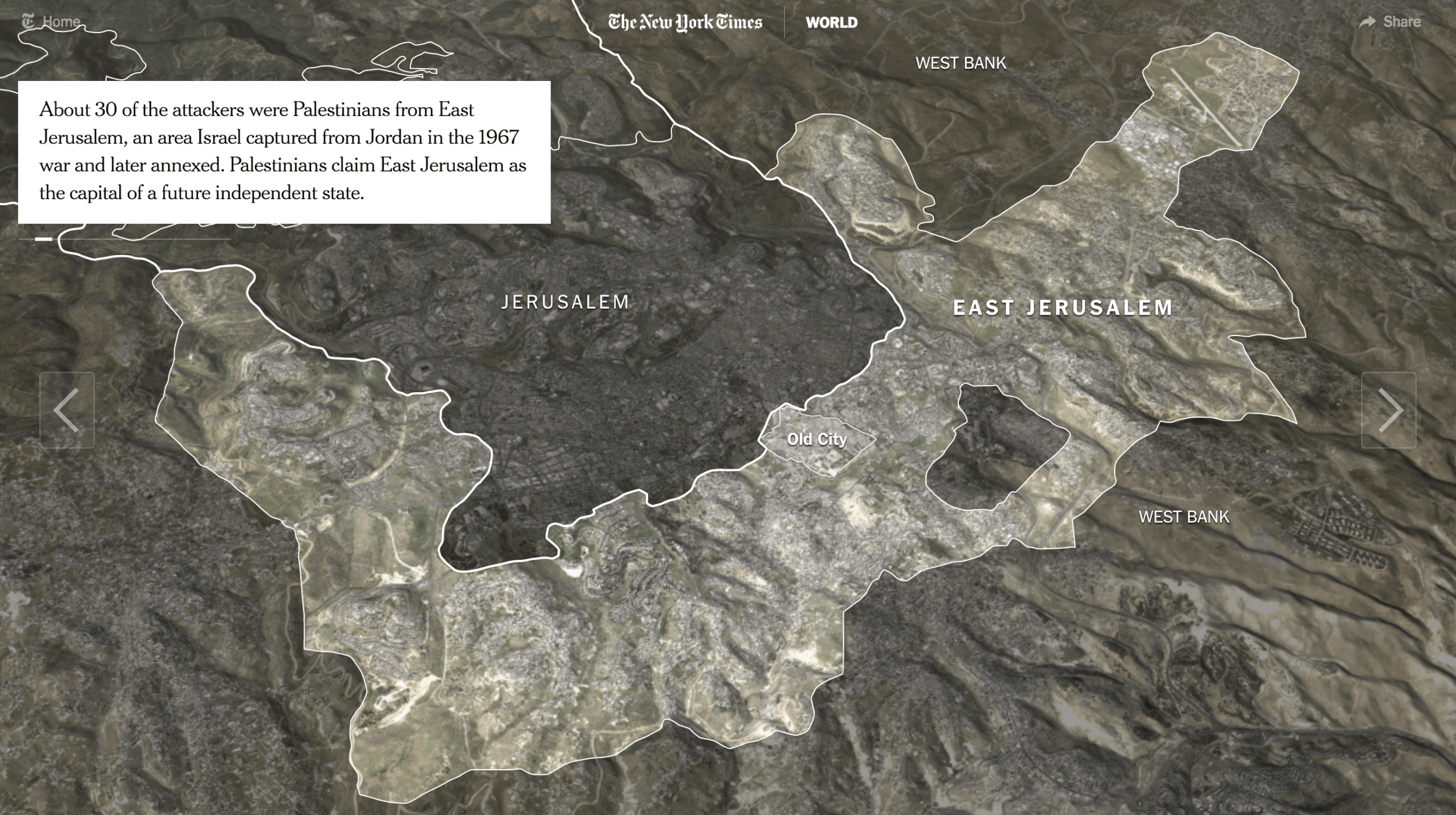
Next, the article asserts Israeli sovereignty over occupied East Jerusalem, claiming that “many Israelis see all of Jerusalem as their undivided capital.” “Eternal and undivided” is how Israeli officials describe Jerusalem, however, swaths of occupied East Jerusalem are cut off from the rest of the city behind Israel’s separation walls. Zionist Union leader Isaac Herzog has called to wall off the rest of occupied East Jerusalem’s Palestinian neighborhoods – hardly undivided.
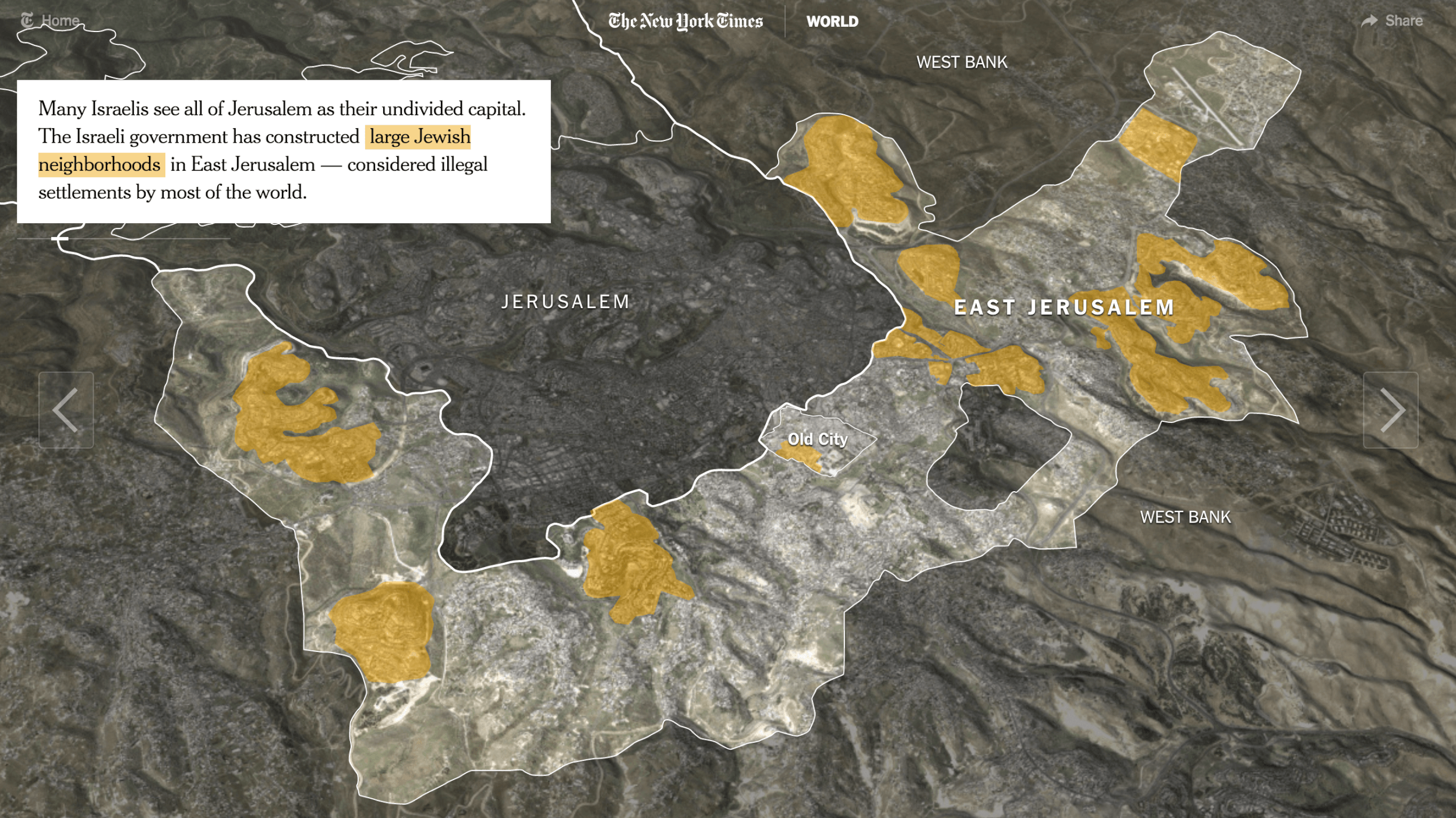
Whitewashing Israel’s ongoing colonization of occupied East Jerusalem, the authors describe “large Jewish neighborhoods” (segregated, Jewish-only, neighborhoods would be a more apt description) that are “considered illegal settlements by most of the world.” In fact, Israel is the only country that claims its settlements are legal.
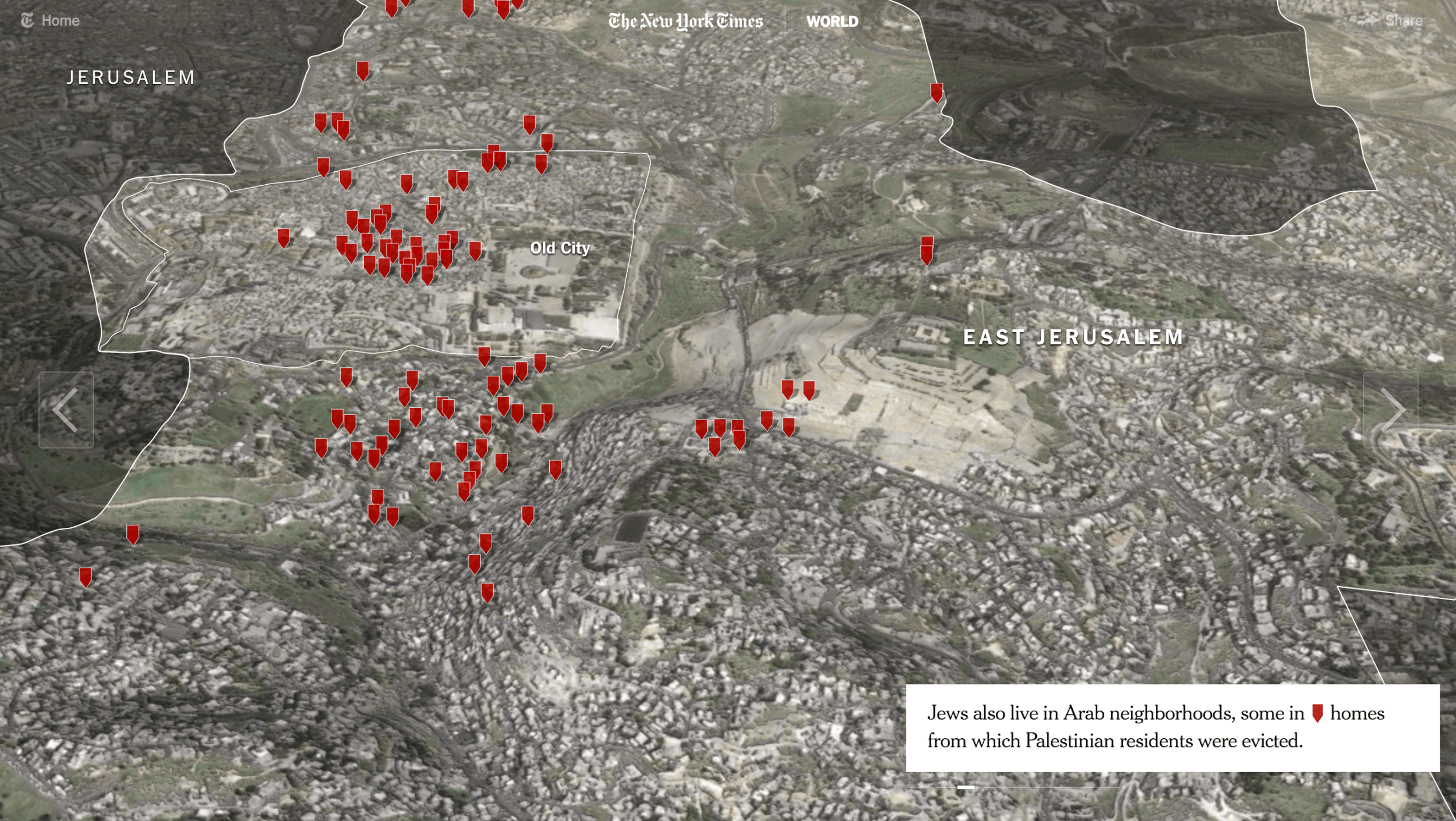
We then get to the brief mention of Israel’s colonization of occupied East Jerusalem, gently framed as “Jews also live in Arab neighborhoods, some in which Palestinian residents were evicted.” There is no mention of breach of international law, home demolitions, or the severe restrictions on Palestinian construction.
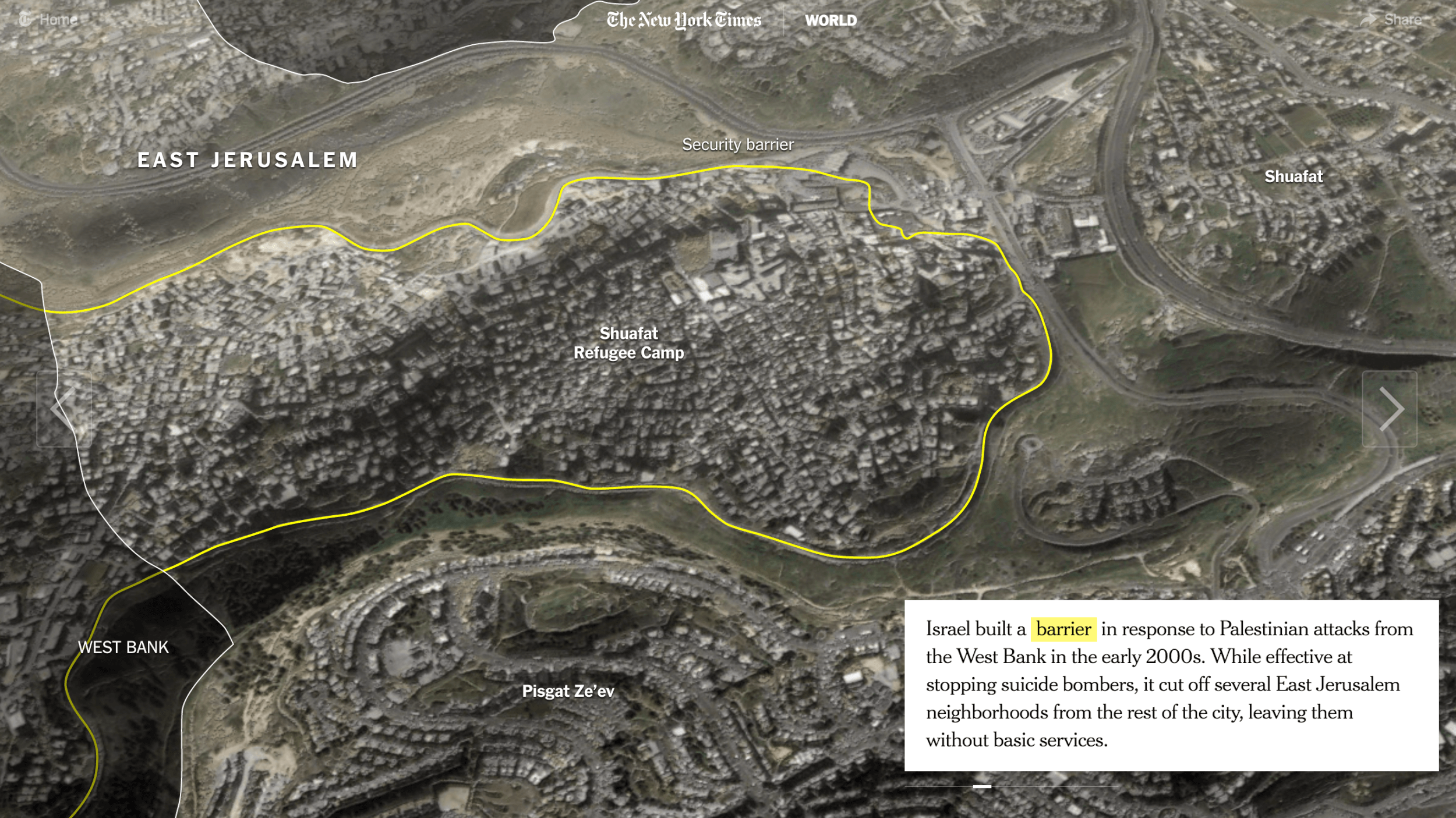
The following page might be the worst, recycling the hasbara talking point that the illegal separation wall, downplayed as a “barrier,” was built in response and succesfully stopped Palestinian suicide bombers. As Ben White explained in the Electronic Intifada, both of these claims are false. The policy of separation “can be traced back to the early 1990s, when former Prime Minister Yitzhak Rabin called for Israel to “take Gaza out of Tel Aviv,” later arguing that “separation as a philosophy” will require a “clear border.”’

Overlayed on an image of shadowy Palestinian figures, the authors offer competing reasons for the increase in violence since October 1st, referring to the official Israeli claim that Palestinian leaders are inciting, however, ignoring senior Israeli military and intelligence concessions that occupation is responsible.
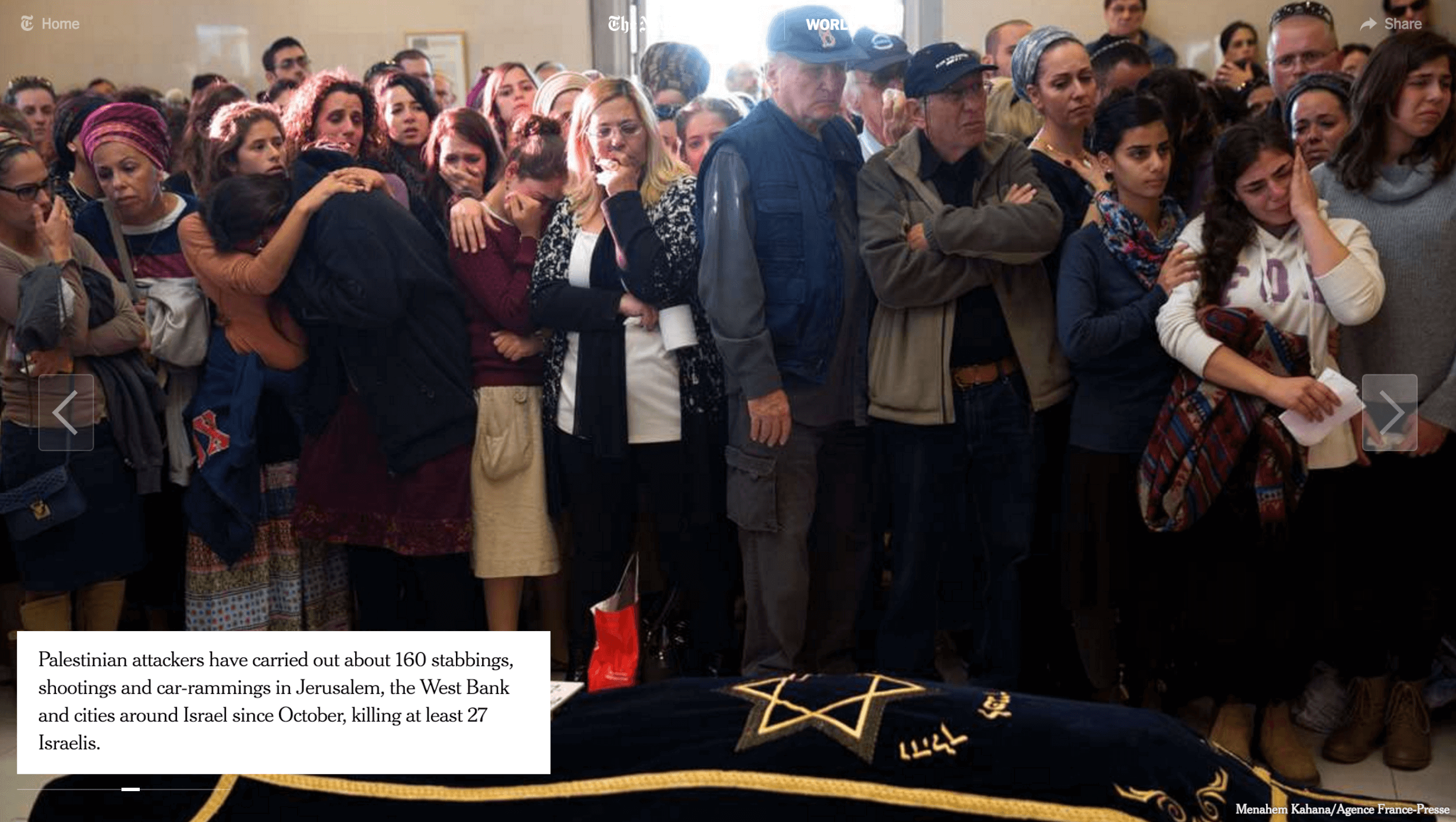
In sharp contrast to the previous image, we see a close-up image of Israelis grieving – a humanizing touch not afforded to Palestinians, who are then shown from a distance as a faceless mob.
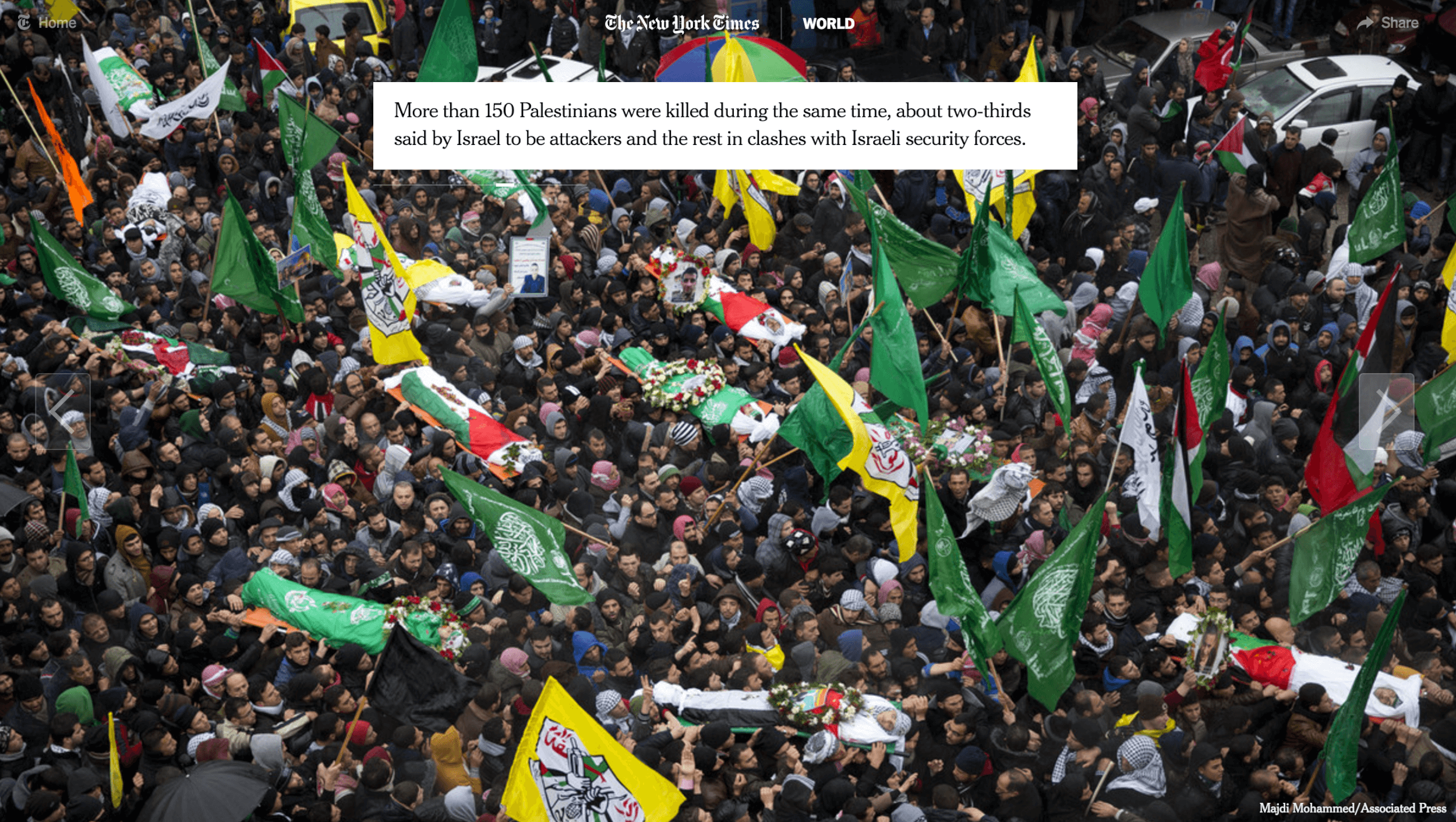
Next, the article points out that the “Israeli victims and Palestinian perpetrators” live nearby each other, again failing to note the mention the 181 Palestinians killed by Israeli forces. This suggests that the mere proximity of Palestinians presents a danger to Israelis and that the Israeli government has no choice but to institute separation (or worse).

Finally, the article justifies Israel’s tightening occupation – termed “bolstered security” on East Jerusalem as a “response” to Palestinian violence. Despite ongoing daily violence, the authors claim that these measures have “deterred attacks.” The article does note that human rights group denounced the measures as collective punishment, but again failed to note that this is in contravention of international law.
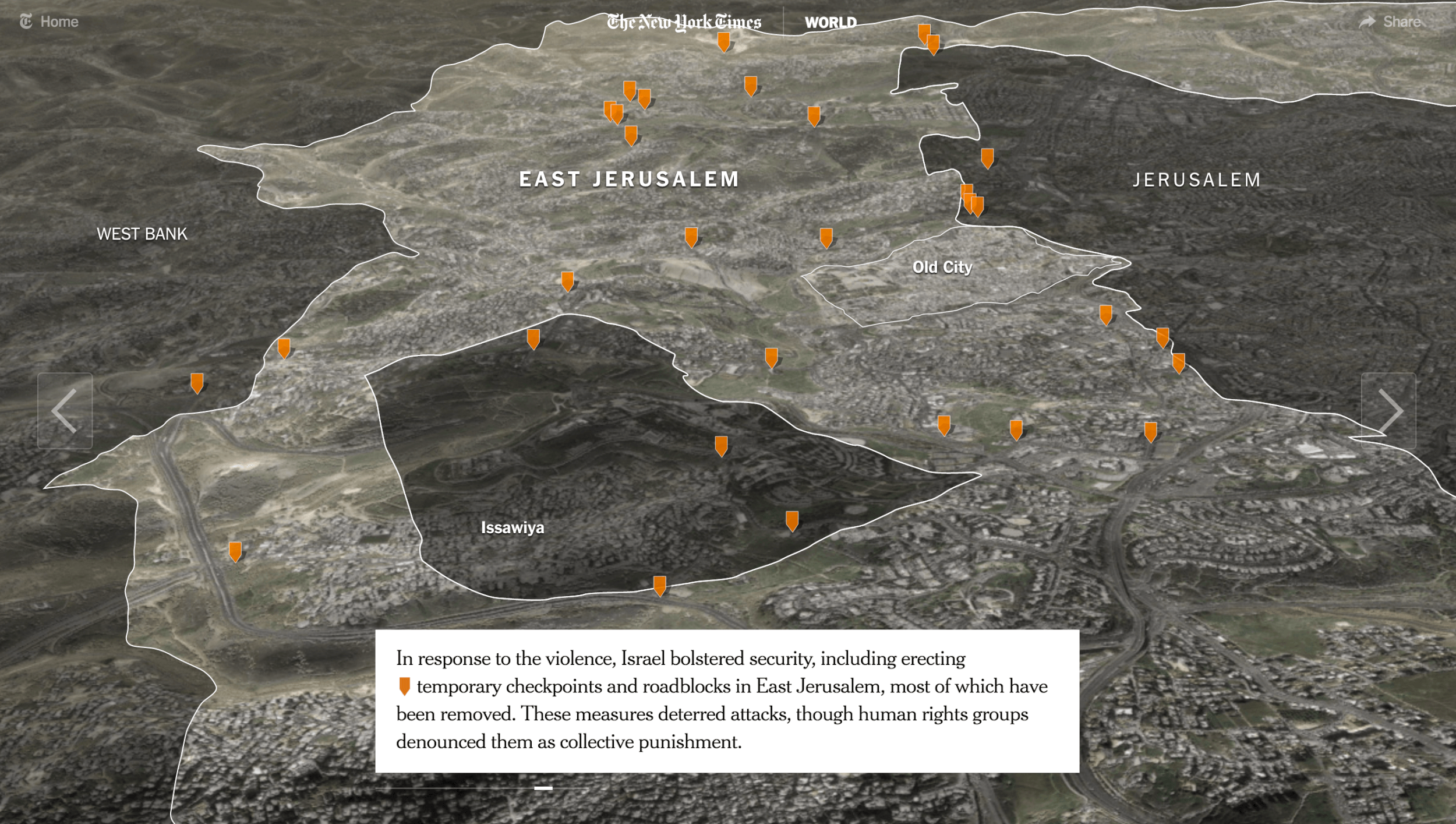
The authors touch Israel’s policy of demolishing homes of attackers, again failing to note that this is considered collective punishment and is illegal under international law. As expected, readers are not told that this policy is wielded exclusively against Palestinians.
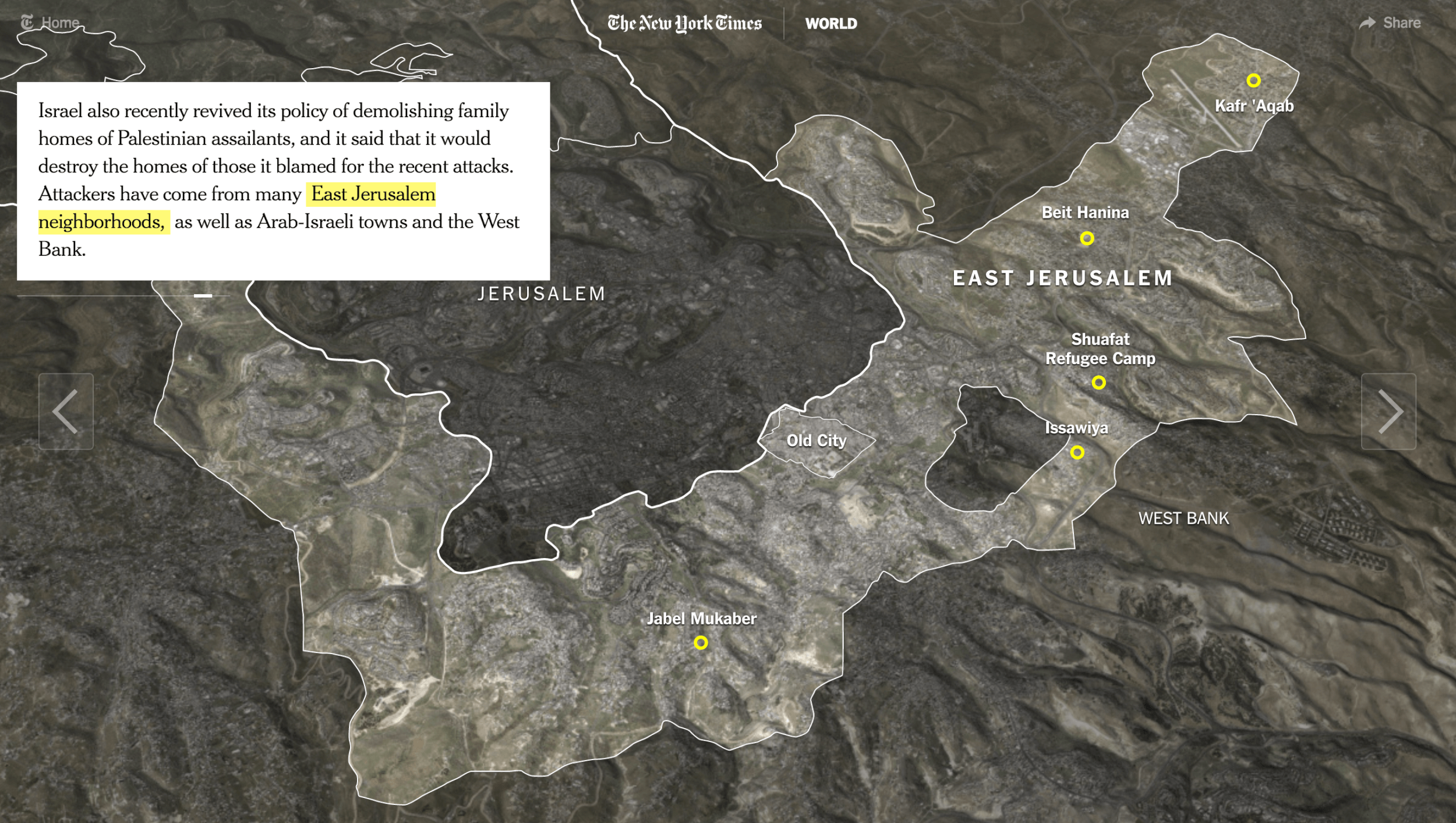
Relying on official Israeli talking points – while ignoring more revealing statements – and portraying Palestinians as angry, faceless aggressors, the article manipulates readers into viewing Israel as a helpless victim who has no choice but to occupy, collectively punish and kill Palestinians.
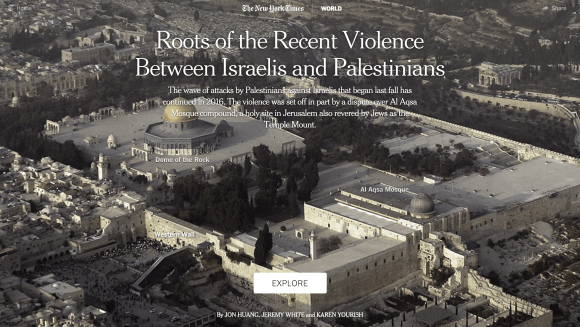
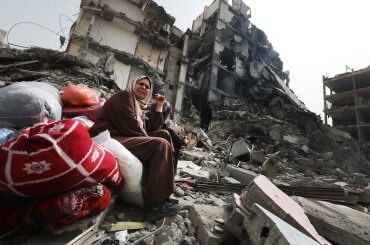
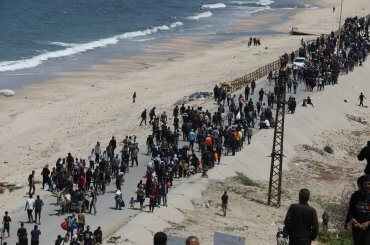
Most of what we read of the NYT seems as if it came directly from the zionist foreign office.It is too bad that the majority of the NYT readership is intellectually lazy and only accepts one side of the story.
What to do.
NYT: Roots of the violence between rapist and victim:
Thanks for the report. One wonders if this is a new low for NYT. I suspect that most readers of NYT know the truth (though they may repress it from consciousness), and for that reason some of them crave help in rationalizing their preferences.
The Occupation Goes Missing from The NY Times
http://timeswarp.org/2016/02/08/the-occupation-goes-missing-from-the-ny-times/
Israel is building a ghetto for itself, with the same walls it constructs to create a ghetto for Palestinians.